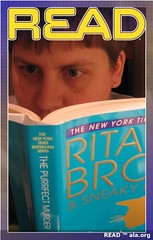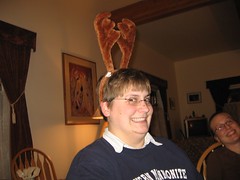
This year I participated in the “set your own challenge” book reading thinger on Goodreads. Initially, I set mine at 25, as a little stretch goal from my average of 19 books per year over the past four years. But, I was doing so well in the early part of the year that I increased it to 30. The final total was 27, but I’m part-way through several books that I just didn’t have time to finish as the clocked ticked down to the end of the year.
What worked well for me this time: audiobooks. I read more of them than paper books this year, and it forced me to expand to a variety of topics and styles I would not have patience for in print.
What failed me this time: getting hung up on a book I felt obligated to finish, but did not excite me to continue on it, so I kept avoiding it. To be fair, part of what turned me off was on disc two, I accidentally set my car’s CD player to shuffle. This is great for adding some variety to music listening, but it made for confusing and abrupt transitions from one topic/focus to another.
I read a lot of non-fiction, because that works better in audio format for me, and I read more audio than printed (either in paper or electronic) books. For 2013, I’d like to read more fiction, which means reading more in print. Which means making time for my “must read the whole book cover to cover” method of reading fiction.
audiobook: 20
print book: 7
ebook: 0
fiction: 5
non-fiction: 22



